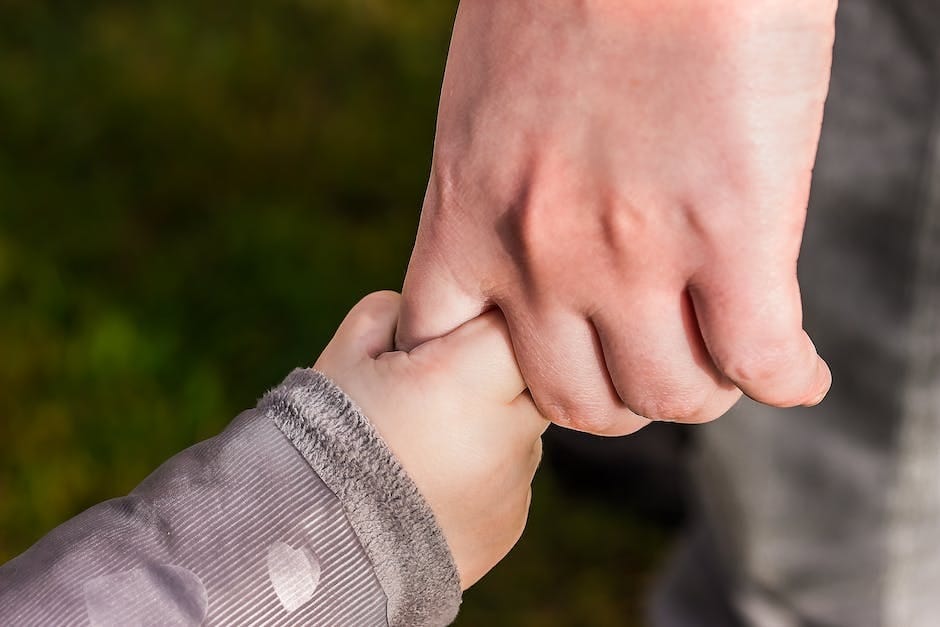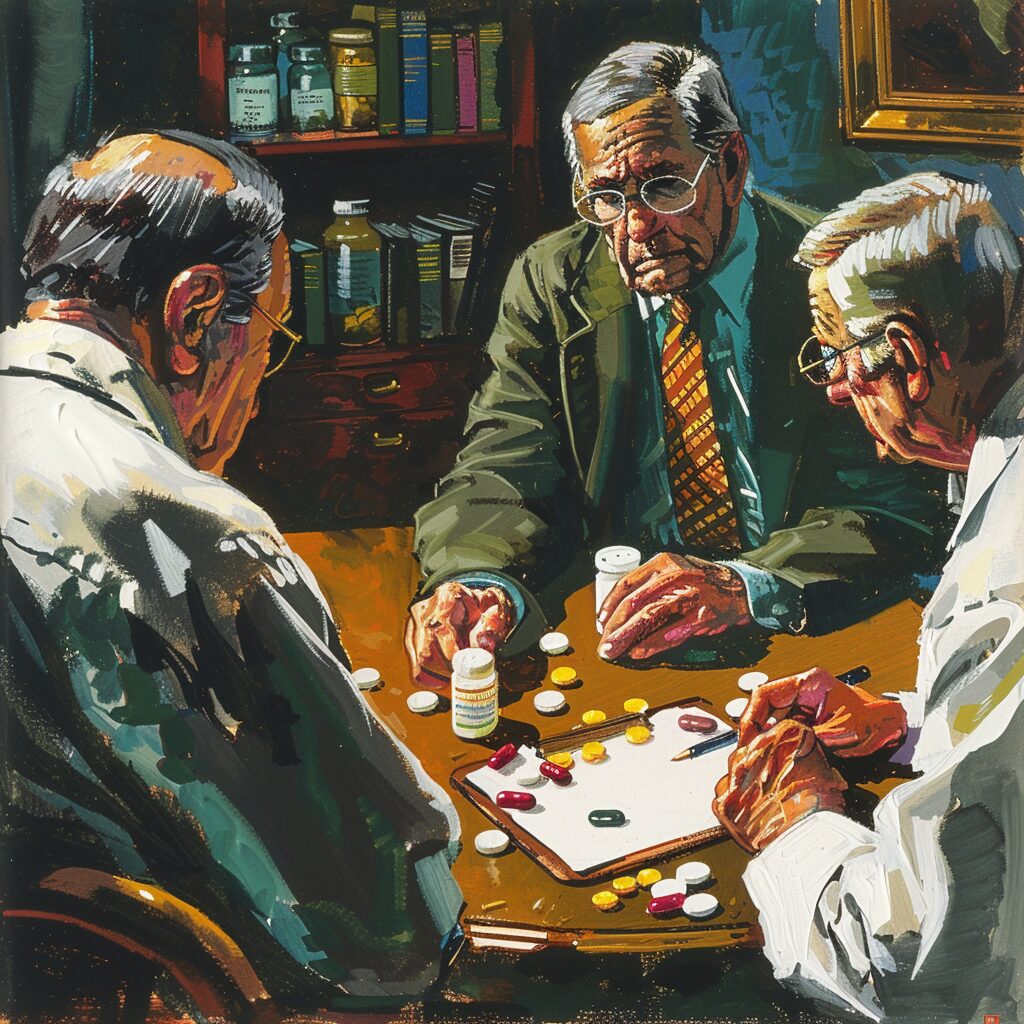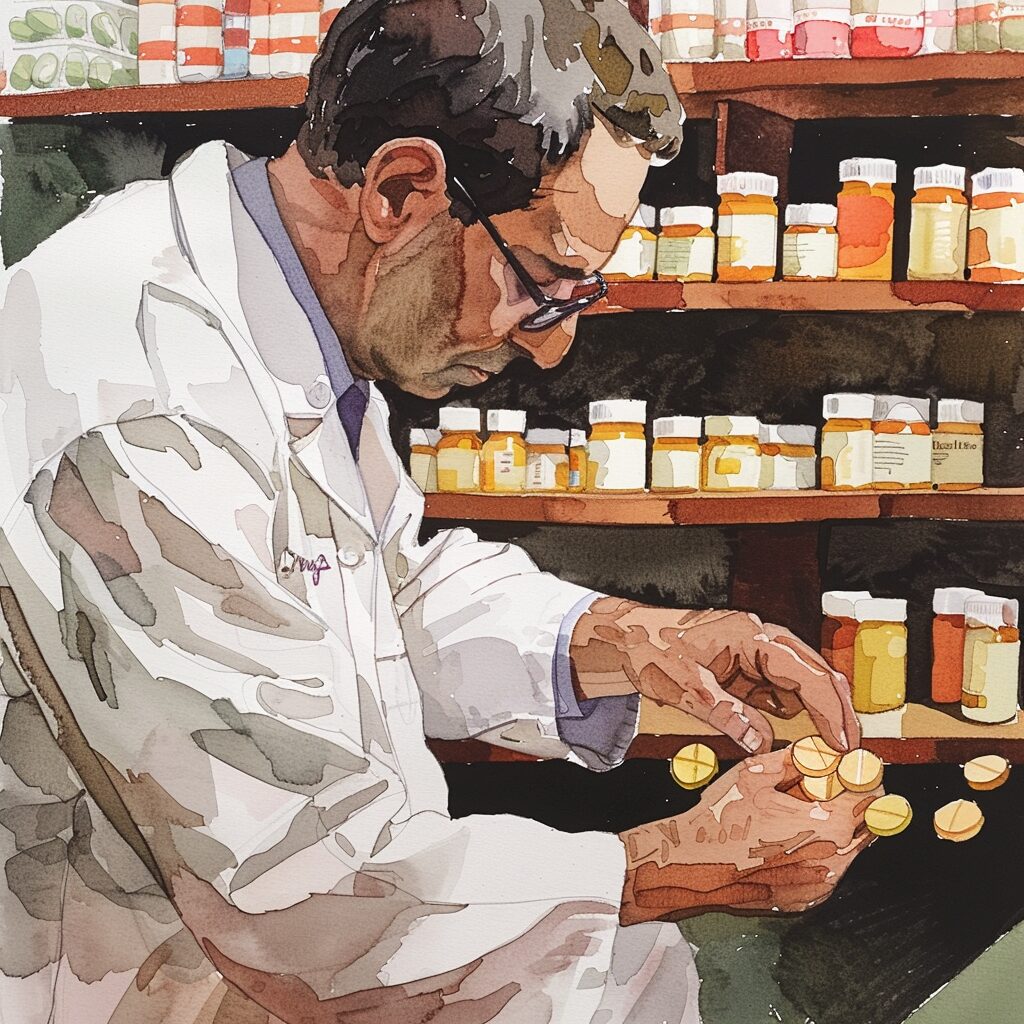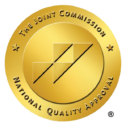It’s important to remember that recovery is about long-term lifestyle changes. Of course, this can be easier said than done. Yes, choosing recovery is one of the most rewarding things a person can ever do for themselves, but it takes work to keep that recovery healthy and successful. This includes having strategies for dealing with cravings when they pop up on the recovery journey.
Better Understanding “Cravings”
So, what exactly are addiction “cravings?” The Journal of the Society of Psychologists in Addictive Behaviors offers a rather well-rounded technical definition of them. The Journal states, “Subjective craving is most commonly defined as the unwanted urge to use a drug. Research has shown that craving predicts the use of all drugs of abuse, including tobacco, alcohol, and opioids. However, research has also demonstrated that it is very important how and when the craving is measured relative to the time of use…”
This last aspect of “time of use” frames cravings based on the amount of time since the last time of use. Also, this is crucial when thinking of cravings in early recovery versus the long term. Ultimately, there are three components to cravings. In 12-Step recovery, they are often broken down into what is referred to as the “Three-fold disease.” This is the “physical allergy, obsession of the mind and the spiritual malady.” Also, when these three aspects of cravings come together, there is a much greater potential for relapse.
Relapse is much more prevalent in the U.S. than many people may think. According to the peer-reviewed journal, Current Psychiatry Reports, “It has long been known that addictive disorders are chronic and relapsing in nature. Recent estimates from clinical treatment studies suggest that more than two-thirds of individuals relapse within weeks to months of initiating treatment.” Also, ”For 1-year outcomes across alcohol, nicotine, weight, and illicit drug abuse, studies show that more than 85% of individuals relapse and return to drug use within one year of treatment.
The Reality of Dealing With Cravings in Early Sobriety
It makes logical sense that more people would experience cravings in early recovery. This is often because people in early recovery still have the remnants of the physical allergy and mental obsession in their system.
However, being in early recovery is not always a predictor of cravings. Many people in early recovery are so energized and excited by their recovery that they miss the cues of craving. This is often referred to as being on a “pink cloud”. However, this is not necessarily the case with people dealing with cravings after long-term sobriety.
Dealing With Cravings After Long-Term Sobriety
Achieving a period of long-term sobriety is an amazing accomplishment. However, there can also be pitfalls after a period of long-term sobriety. One of these pitfalls is a “false sense of security” and a willingness to put one’s guard down.
It can be easy to think that one “has it” after they have been sober for an extended period of time. This is a great feeling to have, but it is a much safer feeling to have if one is still putting in the work toward maintaining their recovery. It can be easy to rest on one’s laurels after a period of long-term sobriety. This is when addiction cravings often pop up.
However, cravings certainly don’t have to lead to a relapse. In fact, they can be a helpful signifier that steps need to be taken to avoid a relapse. These steps include reaching out to other people in recovery, maintaining connections to a recovery center alumni group, and going to a recovery meeting. Helping “newcomers” with their recovery can also help deal with cravings. As the primary text of 12-Step recovery (also commonly known as the “Big Book”) states, “Practical experience shows that nothing will so much insure immunity from drinking [and using] as intensive work with other [people in recovery]. It works when other activities fail.”
Our Accountability Responsibility at Lantana Recovery
There is a statement that is often read at the beginning and end of 12-Step recovery meetings. It is known as the “Accountability Statement.” The statement reads, “I am responsible, when anyone, anywhere reaches out for help, I want the hand of [recovery] always to be there. And for that: I am responsible.” Here at Lantana Recovery, we take that responsibility with the utmost seriousness.
Our primary purpose is to help individuals and their families struggling with issues of addiction and mental health get back on their feet and live the lives that they have always desired and deserved. This is done by prioritizing individual recovery over “one-note” treatment plans.
We believe in long-term recovery over short-term “fixes.” Recovery is always about the journey, rather than the destination, and there may be no better place to start that journey than with us at Lantana Recovery.
Many people understand that alcohol and substance cravings can happen during early recovery. However, many people are unaware that alcohol and substance cravings can pop up long after someone first gets sober. The good news is that many accessible and effective management tools can help individuals manage their cravings, both in early and more established recovery. If you feel like you or a loved one are struggling with issues of addiction, mental illness, or both, we can help you recover right away. For more information about how to manage cravings in long-term sobriety by staying connected to one’s recovery plan, recovery community, and recovery goals, please reach out to Lantana Recovery today at (866) 997-2870.








